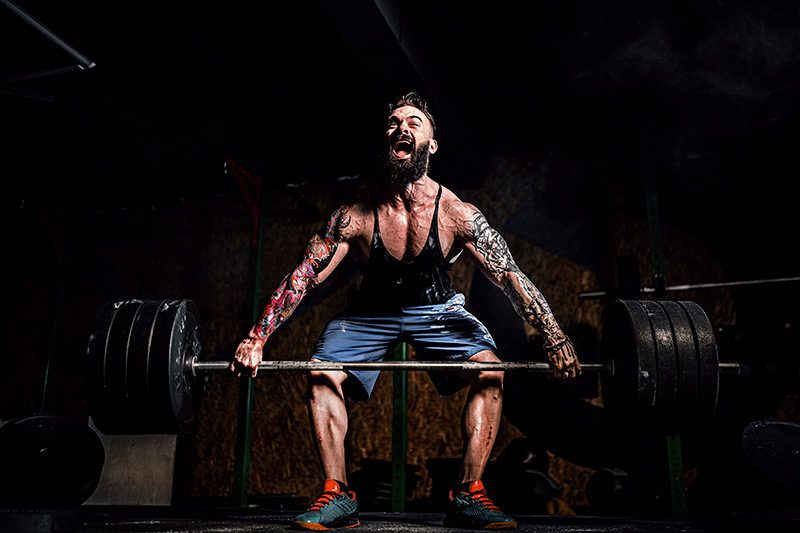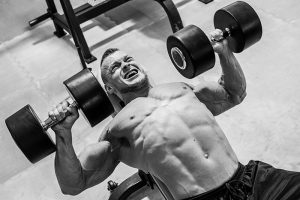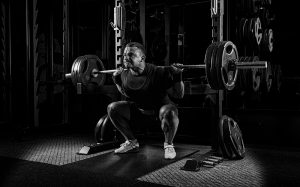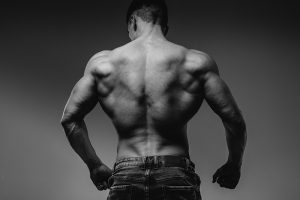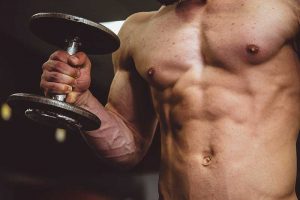Five minutes in the gym is more than enough to gain some confusion around weight training. From the gym rat to the seasoned bodybuilder, there are often so many terms thrown around that it’s hard to keep up.
I mean, what’s the difference between power lifting and Olympic lifting, huh? What the hell does Calisthenics mean? If you’re currently totally confused, you’re not alone, by a long shot.
The thing is, fitness can be quite daunting, especially if you’re new to lifting. Heck, many of us are put off by the stacked guys at the gym. When you’re in the know, it’s pretty easy. But the world of fitness can be a scary place, making fitness lingo even harder to understand.
In order to maximize your workouts and understand your goals (and some dudes at the gym, obvs), we’ve set out to make understanding the different types of lifting easy.
Be warned, however, the different types of lifting explanations below are quite brief, or else we’d be here all day. However, there are plenty of resources online if you’re looking to explore the different types of lifting in more depth.
Powerlifting
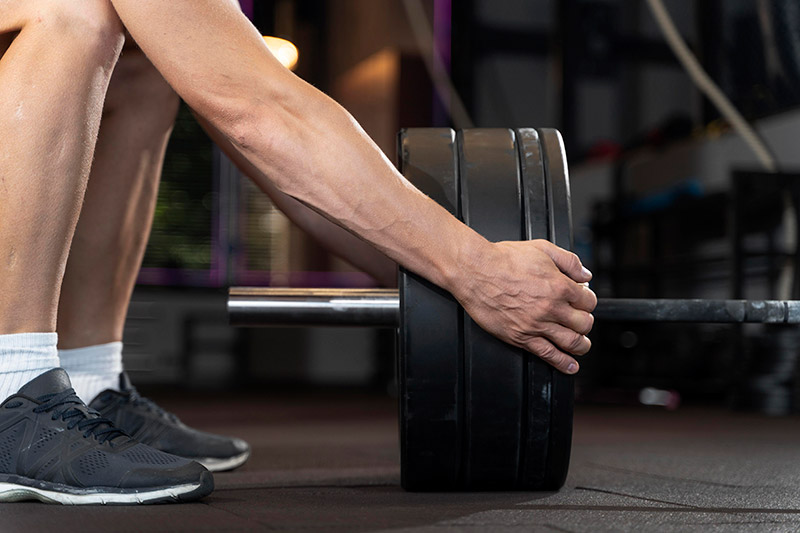
We’ve all heard about powerlifting, right? Although not everyone knows exactly what powerlifting entails. It’s pretty easy to assume it involves lifting incredibly heavy weights, but doing bicep curls with 100lb dumbbells doesn’t quite make you a powerlifter.
Instead, powerlifting as a sport consists of three individual lifts:
- Squat
- Deadlift
- Bench press
Yep, just the three. But how does powerlifting work? Well, usually, an athlete completes the above three lifts, aiming for the heaviest weight they can do. In order to calculate their “total”, the heaviest successful attempt at each lift is added together.
So the next time you hear some guy at the gym bragging about his “1,050 lb total”, just remember, this is a combination of their maximum squat, bench press and deadlift. It could be broken down as follows:
- Bench: 225 lbs
- Squat: 400 lbs
- Deadlift: 425 lbs
- Total = 1,050 lbs
The next time you overhear a guy saying they’re a powerlifter (and know what they’re talking about), they will be training to be as strong as they possibly can be across those three lifts.
It’s not uncommon for guys to claim they’re a powerlifter, since they lift often and heavy. Usually, the rule is, if they don’t compete, they’re not a powerlifter. Of course, you can train the above power lifts with an aim to compete, but until you do compete, you may not quite be able to use the “powerlifter” title.
Also Read: How to strength train while cutting
It’s also worth mentioning here that “power” as a concept, refers to force times velocity. In the fitness world, however, it’s all about speed and explosiveness. Whether we’re talking throwing, jumping, sprinting, etc.
Therefore, when it comes to powerlifting, the focus is actually much more about strength than power, which can make the term “powerlifting” in itself a little misleading. Powerlifting isn’t about how quickly you can squat 800lbs, but your strength to do it in the first place. As long as the weight moves during bench press, squat and deadlift, it’s all that matters.
Whether you take four seconds or 12 to get it there, isn’t really relevant.
Weightlifting
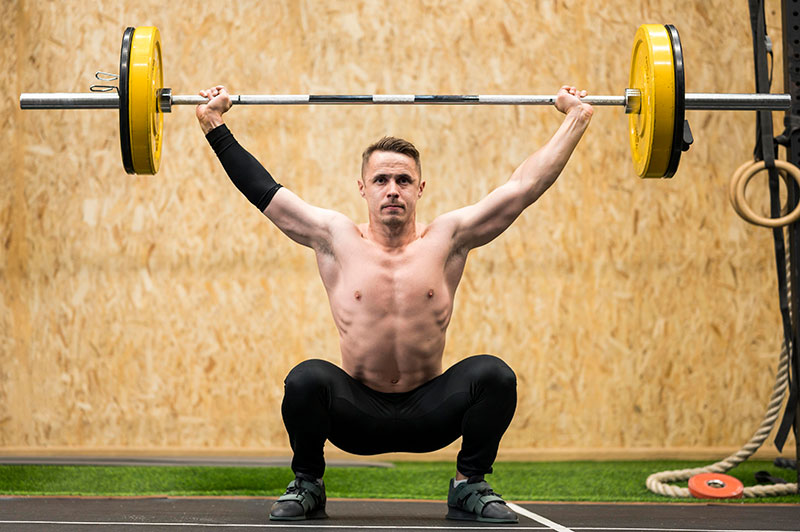
If you wanna get technical, the sport of “weightlifting” is now what we refer to as “Olympic weightlifting”. Previously, training with weights would be called weightlifting, however, now the two are separated as follows:
- Weight training – Working out with weights
- Weightlifting – The sport of lifting weights
Much like powerlifting, weightlifting as a competitive sport usually only refers to two lifts:
- The barbell clean and jerk
- The barbell snatch
Before further confusion, let’s clear up what these Olympic weightlifting terms mean:
- Snatch: The barbell begins on the ground and ends overhead, in one fluid motion
- The clean: The barbell begins on the ground and ends in the “front rack”, resting in the hands and on the shoulders
- The jerk: The barbell begins on the shoulder and ends overhead
While there are plenty of variations – hang, power, etc – they all focus on the principles above. Unlike powerlifting, Olympic weightlifting is ALL about power. The aim is to be as quick and explosive as possible, moving the weight just enough to be able to drop down beneath it. You may not think it, but Olympic lifters have to be incredibly mobile.
To be able to compete in Olympic weightlifting, you’ve gotta be prepared to get incredibly technical.
Crossfit
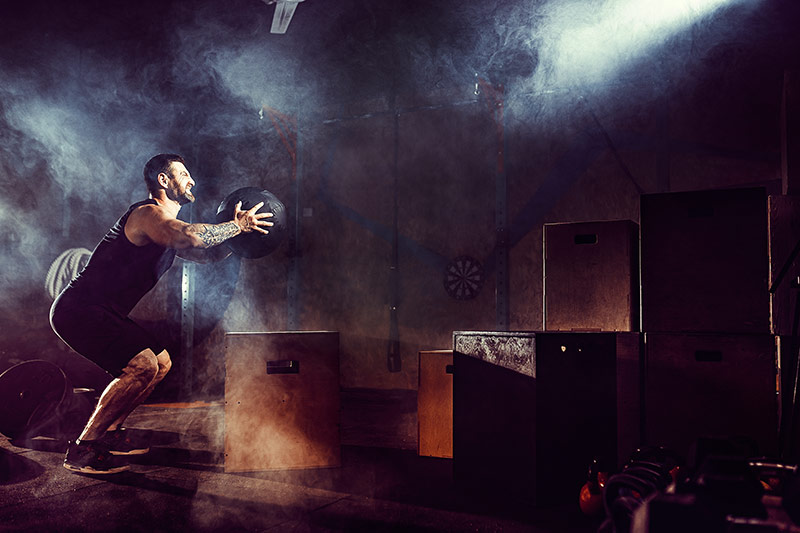
It’s not uncommon for dudes down the gym to totally dismiss the idea of Crossfit. Much like lifting heavy in the gym being (wrongly) branded as powerlifting, high intensity workouts are often seen as doing Crossfit.
So, let’s clear some things up, shall we? To clarify, “doing Crossfit” means that you are working out in a Crossfit affiliated gym (AKA box). Crossfit isn’t a style of workout, however, it’s actually a company. In fact, all Crossfit has done is revolutionized a concept and branded it. Quite smartly, may I add.
The next time some dude is rattling off ideas about “not doing Crossfit,” just remember, there is no single definition of a Crossfit workout, because it covers pretty much anything.
A bootcamp or high intensity workout isn’t Crossfit, and shouldn’t be labelled as such.
Bodybuilding
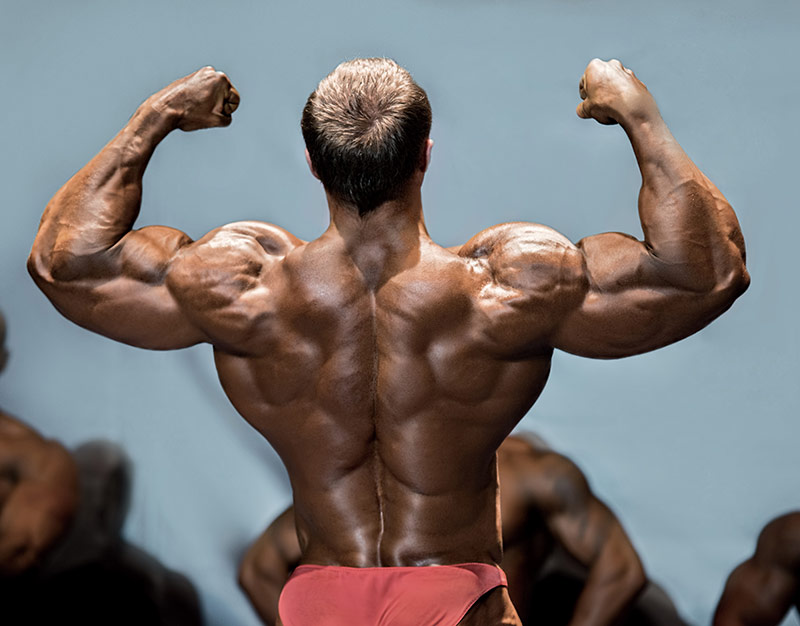
Entering into bodybuilding territory doesn’t mean you have to get a spray tan immediately, don’t worry. It’s also worth mentioning that bodybuilding isn’t a style of workout, it’s a goal – to define your physique and hit a low body fat percentage.
When we talk about the different types of lifting, the bodybuilding category often gets muscle group specific workouts lumped into it. Put it this way, if anyone is going to find an exercise to work out each individual tricep muscle – it’s going to be a bodybuilder. Hell, if there was a nose workout, they’d be the one to discover it.
Much like the confusion of weightlifting being all about strength, bodybuilding isn’t focused on strength alone. Sure, they’re going to be able to lift heavy with guns the size of a house, but a bodybuilder’s goal is 100% about body composition. Their physique matters. The definition of their bodies and how they look is what’s rated in bodybuilding, not how much they can squat.
In short, bodybuilding workouts are about hypertrophy, AKA muscle growth. This usually means high rep sets and split days.
Popular safe and legal steroid alternatives
Calisthenics
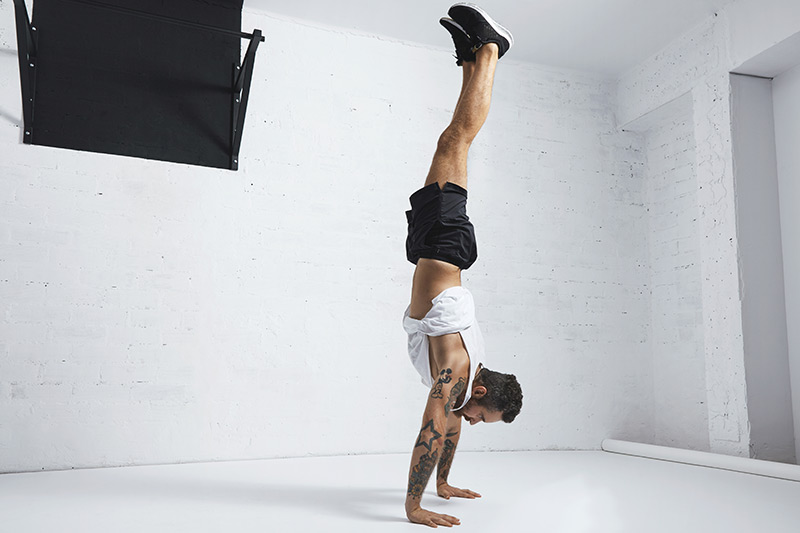
Now, calisthenics isn’t quite such a popular term anymore, but you may hear it thrown around occasionally. Much like the other types of lifting we’ve covered above, calisthenics means one thing but is often used in another.
Put simply, calisthenics are bodyweight exercises – meaning there’s no need for equipment, and you’re just using your bodyweight. It’s as straightforward as that, really.
However, unlike your typical “bodyweight workout” you can do at home, calisthenics has become synonymous with a particular type of bodyweight training in which the human body is used for incredible feats of strength and stamina.
Instead of jumping jacks (as an example of a “bodyweight” workout), we’re thinking more along the lines of human flags, muscle ups, front levers, handstands, etc.
Think bodyweight workouts, to the extreme.
Strongman
Ahh, strongman training, one of our favorites. Pssst, we recently wrote an article on how to get started in this area of lifting – go check it out.
Similar to powerlifting when it comes to goals (to be as strong as possible), the huge difference here is in the types of events you’ll find strongman. While powerlifting focuses on three events, the possibilities are endless for strongman comps.
Yep, you better be prepared for some pretty imaginative tasks in strongman, let’s just say that! Get ready for lifting heavy, weird… Stuff.
The bigger and crazier the better when it comes to strongman events. Feats of strength is what strongman is all about. And man, is it entertaining. During a strongman event, both strong men and women carry heavy things, whether on their backs or in their arms, as well as lift heavy, press heavy and even pull heavy items. If you can dream it, they can lift it.
Also Read: Want to know how to cut fast? Check out our cutting guide
You’ll see them deadlift cars, lift giant stones, carry yokes, flip massive tires, etc. Training for strongman can be intense and incredibly varied, since it requires the ability to pull, push, press, squat, throw and lift things that are not only heavy… But also do these tasks quickly, one after another.
Summary
Lost track through our explanations of the different types of lifting? No problem, here’s a quick summary.
- Powerlifting: Being as strong as possible across bench press, back squat, and deadlift
- Olympic lifting: The barbell snatch and clean & jerk
- Crossfit: Workout done in a Crossfit affiliated facility
- Bodybuilding: Getting the biggest muscles and lowest body fat %
- Calisthenics: Crazy bodyweight exercises (beyond a press up!)
Strongman: Picking up weird, awkward, really heavy stuff and moving/lifting/flipping it etc
Looking to up your lifting game?
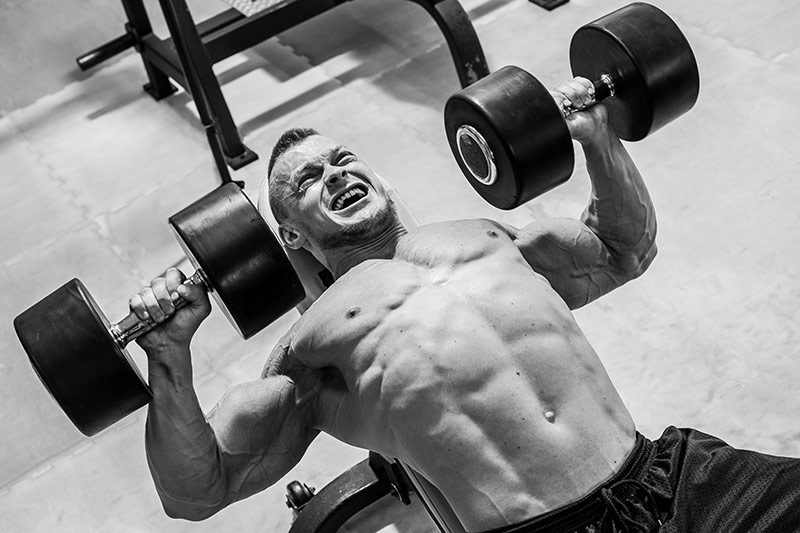
Whether you’re getting ready for strongman or looking to compete in bodybuilding, our hardcore supplements can support your training.
Get ready to build muscle like never before, cut body fat with ease and recover faster than ever with our 100% natural legal steroids and SARMs alternatives. With all-natural ingredients and ZERO side effects, you can focus on smashing your lifting goals with increased energy and enhanced stamina.



